Blog Posts Tagged Technical Content
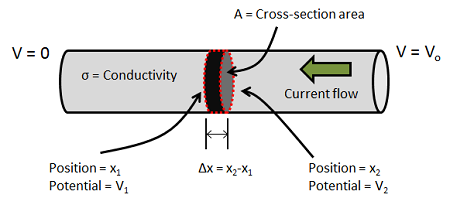
Computing Total Normal Flux on a Planar Surface
1 way to bridge the gap between simulation and experiment? Compute the total normal flux through a cross-sectional plane passing through your simulation geometry. Here’s how >>

Improving Your Golf Swing with a Multibody Analysis
The outcome of a golf stroke is determined by the movement of the club head just prior to impact with the ball. Therefore, one theoretically could improve their golf swing via multibody analysis.
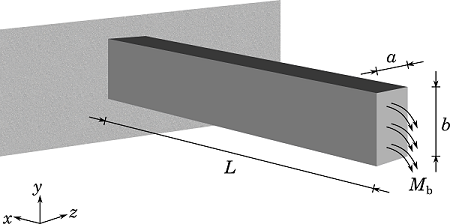
How to Model Residual Stresses Using COMSOL Multiphysics
Learn how to compute the residual stresses in your structural mechanics models. To demonstrate, we use the example of a deep metal drawing process. Read on…
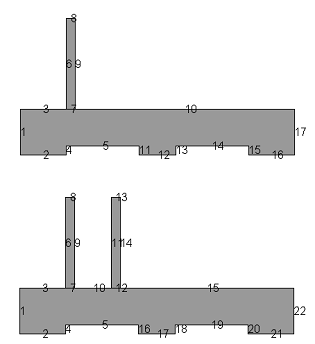
How to Manually Work with Entity Numbers in Selections
You can automate the handling of the entity numbers used to set up properties for the domain and boundaries in an MPH file. How? Using LiveLink™ for MATLAB®. Learn more >>

Understanding Stabilization Methods
When modeling transport applications driven by convection, you need a stabilization method — whether you’re working with finite elements, finite volumes, or finite differences.
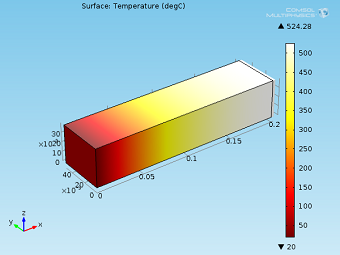
Heat Transfer in Deformed Solids
Learn how to model the physics that account for thermoelastic effects in immobile solids when coupling heat transfer and solid mechanics. Follow-up to an earlier post on conjugate heat transfer.
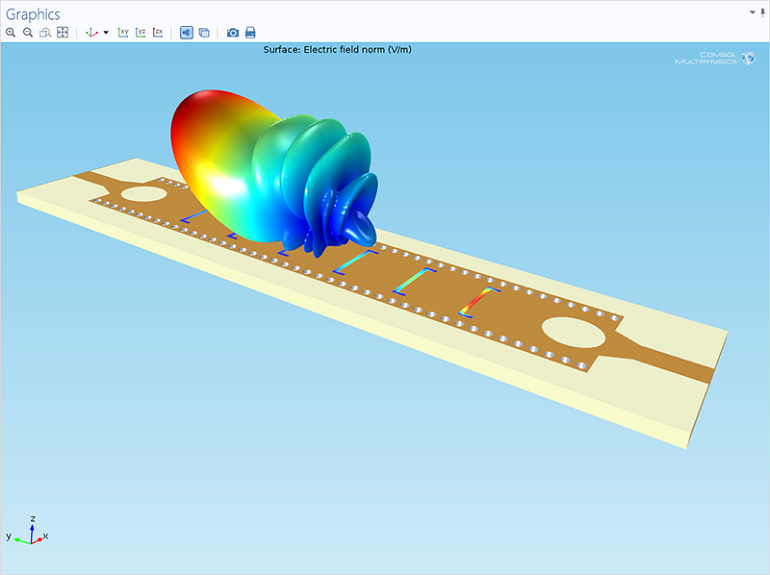
How to Include Geometry Surfaces with Solution Plots
You’ve solved your model. Now you want to include geometry surfaces with your solution plots. But how? We demonstrate the steps with an RF antenna example.
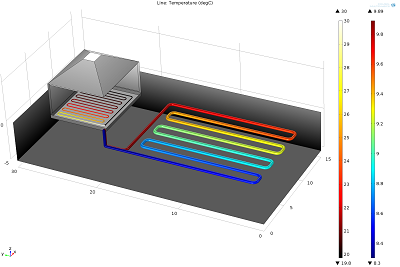
Geothermal Energy: Using the Earth to Heat and Cool Buildings
Learn how to accurately predict the thermal performance of a shallow tubing heat collector design for geothermal heating applications. Part 3 of our blog series on geothermal energy.

Best Practice for Working with Model M-Files
Want to avoid repeating your work when developing models in COMSOL Multiphysics®? Here, we give a comprehensive collection of best practices for working with MPH files.

Ammonia Synthesis, a Complex and Nonlinear Process
In the final installment of our Chemical Kinetics blog series, we discuss the complex and nonlinear process of synthesizing ammonia. Get an overview of the equations and modeling considerations.

Modeling Thermal Fatigue in Nonlinear Materials
2 challenges when simulating fatigue in nonlinear materials: 1.) Correctly representing the material behavior and 2.) finding a fatigue model that captures the life-controlling mechanism.
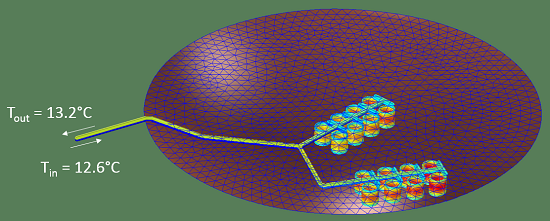
How to Integrate Functions Without Knowing the Limits of the Integral
Did you know that the COMSOL® software can solve integrals as well as partial differential equations? Learn how to integrate functions — even without knowing the limits of the integral.

The Strength of the Weak Form
Learn about the origins of the weak form equations, how to derive them from classic equations, how to express them in the COMSOL Multiphysics® syntax, and more >>
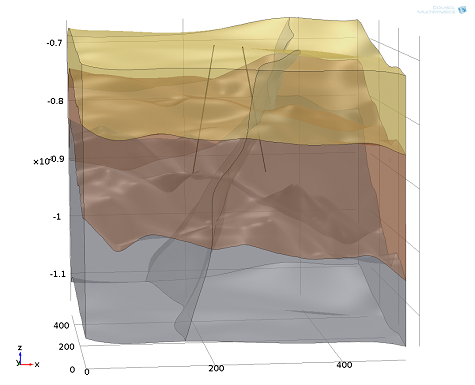
Coupling Heat Transfer with Subsurface Porous Media Flow
Part 2 of the Geothermal Energy series: We couple heat transport and subsurface flow processes to determine the thermal development of the subsurface due to geothermal heat production.
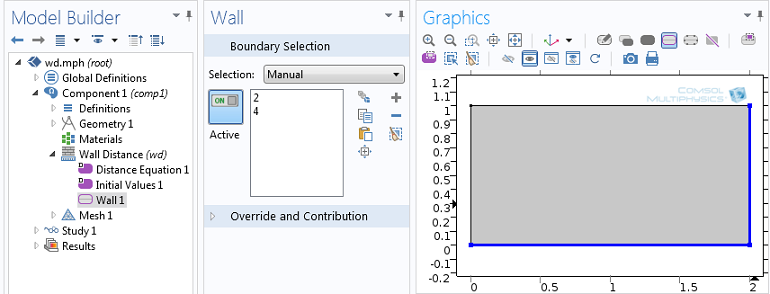
Tips for Using the Wall Distance Interface
The Wall Distance interface can be used to calculate the distance to the nearest wall or detect when a moving object will hit a wall. Learn how to implement this interface in CFD simulations.
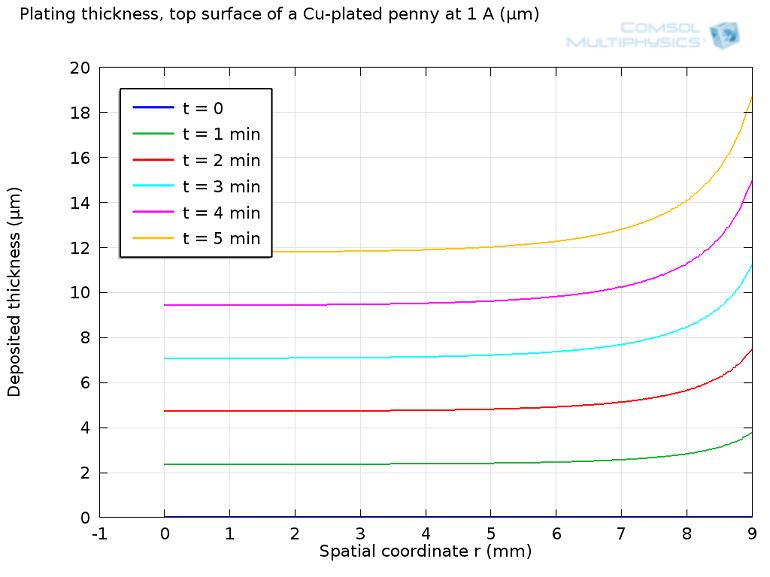
Electroplating: How the U.S. Mint Makes a Penny
Did you know that a penny actually doesn’t contain a lot of copper? Learn about how the U.S. Mint makes pennies through the process of electroplating, which can be studied with chemical modeling.
Geometric Kernels in COMSOL Multiphysics®
Do you know what a geometric kernel is? This software component is responsible for handling geometry in COMSOL Multiphysics®. Get a comprehensive background of what this means…

What Kinds of FSI Problems Can COMSOL Multiphysics Solve?
We discuss the various techniques for modeling fluid–structure interaction (FSI) in the COMSOL® software, as well as highlight the add-on modules you need for these various types of analyses.
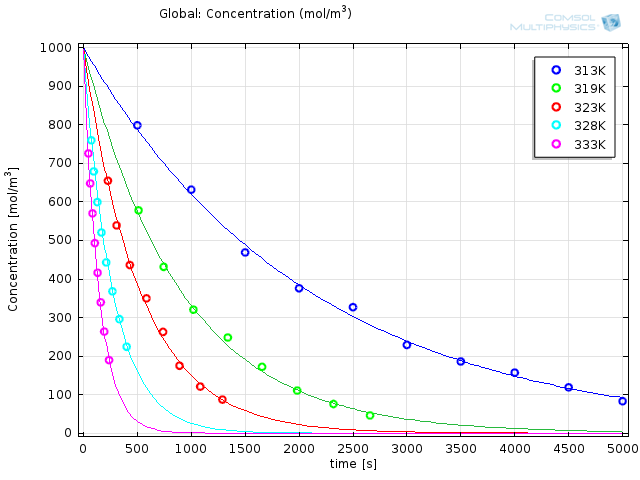
Chemical Parameter Estimation Using COMSOL Multiphysics
In this installment of our blog series on chemical kinetics, we discuss how to estimate the chemical parameters of your model in COMSOL Multiphysics®.

Modeling the Hydrostatic Pressure of a Fluid in a Deformable Container
Picture a water balloon being compressed at the center. As you squeeze the balloon, the locations of the highest point and depth of fluid change, altering the hydrostatic pressure distribution.

Characterizing the Flow and Choosing the Right Interface
No matter the focus of your modeling project, you have probably had to consider fluid flow at some point. Here, we discuss how to characterize the flow and choose the correct CFD interface.

Computing Stiffness of Linear Elastic Structures: Part 2
Learn how to compute the stiffness of linear elastic structures in 2D and 3D with COMSOL Multiphysics® by implementing the Poisson effect. Part 2 of a 2-part series on computing stiffnesses.
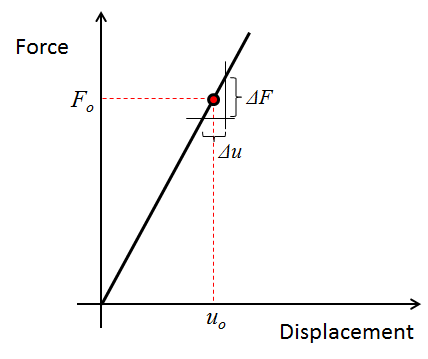
Computing Stiffness of Linear Elastic Structures: Part 1
Learn how to compute the stiffness of linear elastic structures in 1D and 2D by implementing the Timoshenko beam theory in COMSOL Multiphysics®. Part 1 of a 2-part series on computing stiffness.
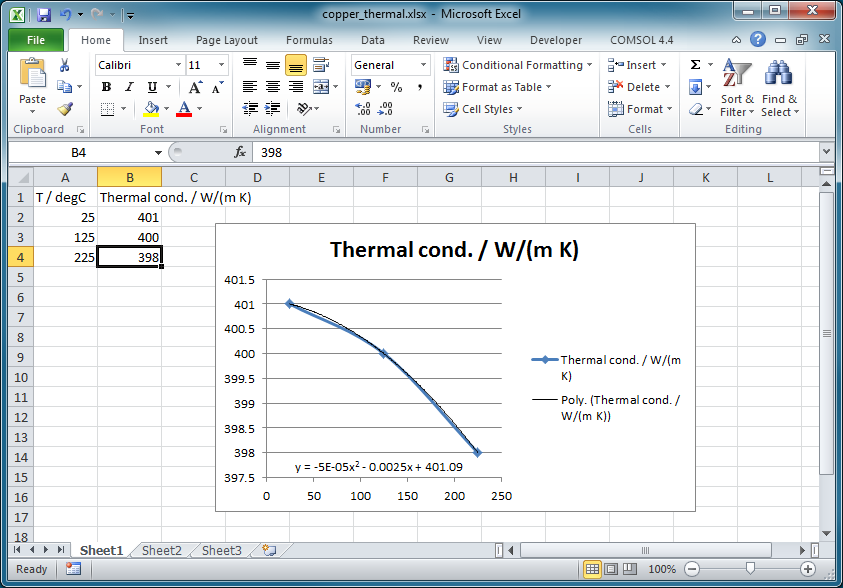
How to Create a Material Database from Spreadsheet Data
Did you know that you can use spreadsheet data to create a material database for use in your COMSOL Multiphysics® simulations? Learn how here >>
